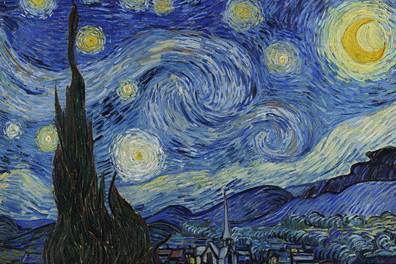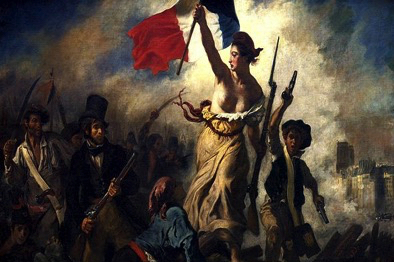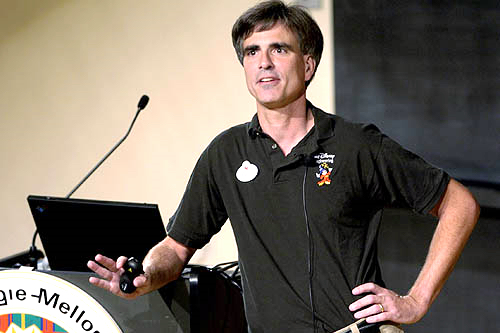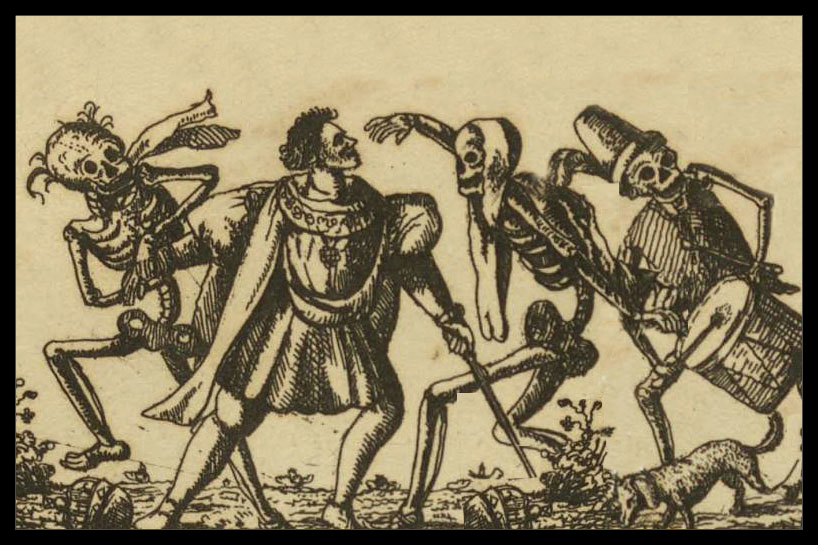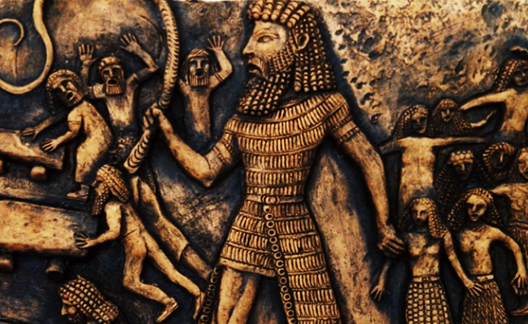And Our Takeaway
People who know me will agree I have several idiosyncrasies. One of my strange mindsets is that I love music even though I can’t play any musical instrument, nor can I sing. Another polarity issue is that I love music from various genres, from the classics to new wave and anything in between.
This essay addresses one of my favorite popular songs, Bohemian Rhapsody. Additionally, it deals with why Freddie Mercury wrote the lyrics and musical score to that song. I can’t grasp why that song resonates so much with me. This link will take you to a video with the lyrics. I doubt many truly understand the lyrics, even though many think they know the backstory. Bohemian Rhapsody’s meaning parallels Churchill’s comment regarding Russia and WWII, “It's a riddle wrapped in a mystery inside an enigma.”
Mercury was often asked about the meaning of the lyrics. Over the years, he said it was about relationships “with ‘a bit of nonsense in the middle.” That comment sounds like something Trump would say when asked why he did something.
This is a long explanation of Bohemian Rhapsody by Mercury when someone asked him a year after its release in 1975. It is a long none answer.
I'm going to shatter some illusions, it was just one of those pieces I wrote for the album: just writing my batch of songs. In its early stages I almost rejected it, but then it grew. We started deciding on a single about halfway through. There were a few contenders—we were thinking of The Prophet's Song at one point—but then Bohemian Rhapsody seemed the one. There was a time when the others wanted to chop it around a bit, but I refused. If it was going to be released, it would be in its entirety. We knew it was very risky, but we had so much confidence in that song—I did anyway. I felt, underneath it all, that if it was successful it would earn a lot of respect. People were all going, You're joking, they'll never play it, you'll only hear the first few bars and then they'll fade it out. We had numerous rows. EMI were shocked—a six-minute single? You must be joking! The same in America—oh, you just got away with it in Britain.
Again, that was a Trumpian explanation that didn’t explain anything. What we do know about the lyrics is that Mercury had parts of the song floating in his head in the 1960’s. It was released in 1975 and rereleased in 1992, just two months after he died. Since its first release, it has been translated into over two dozen languages. It also was the featured song in the movie Wayne’s World.
Issues like nihilism, counterculture, and a type of Bohemianism all swirled around in Mercury’s mind and are reflected in the lyrics. Often, there tends to be a general agreement regarding Mercury’s mock opera mindset in his Bohemian Rhapsody. The operatic loud choruses are reminiscent of Italian operas. Additionally, there is a fatalism in Bohemian Rhapsody that is similar to Albert Camus’s active fatalism. Listening to the song, you can almost see Sisyphus trying to move a huge rock to the top of a mountain, which makes the fatalism active. Mercury and Camus weren’t sitting around complaining.

Mercury was born into the Parsee faith of Zoroastrianism. He was born in Zanzibar, but the family escaped from the 1964 revolution and moved to England. There is another obvious parallel between Freddie Mercury and Vincent van Gogh. Both were haunted by psychological issues. Mercury had to address his homosexuality and van Gogh with a litany of psych disorders. This is van Gogh’s Starry Night, painted in his room in the Saint-Rémy-de-Provence hospital while in the psych ward. His psych problems are coupled with numerous medical problems.

Even more interesting is that Mercury wrote while he was living in his apartment at Montreux on Lake Geneva. Essentially, it was his swansong before he died.

A statue of Freddie Mercury at Montreux
Finally, We Are the Champions was also written by Mercury. It seems that the song sums up his mindset. It blends Bohemian Rhapsody and A Winter’s Tale into Camus’s active fatalism.
This entire essay is merely a backstory...our backstory. It was a macro-tail about Freddie Mercury, Vincent van Gogh, and Albert Camus and their journey down the yellow brick road filled with a litany of problems that they faced as they became champions.
And what is our takeaway? We are writing a micro-tail. At the end of our journey, few will remember our names or what we did during our lives. Nonetheless, we can live lives of determination and guts or bemoan the time on life’s stage. It is a Kierkegaardian either/or choice. Choose wisely. We can be the champions, but it is a choice.
This is Queen’s Bohemian Rhapsody.







